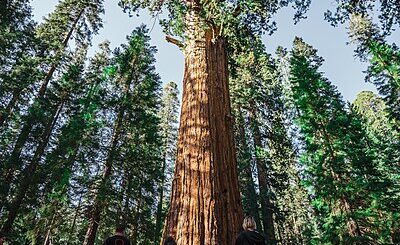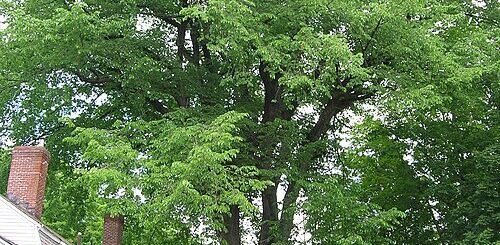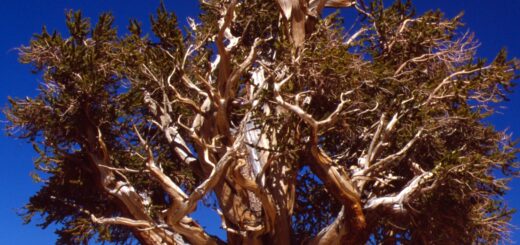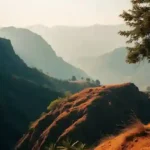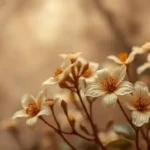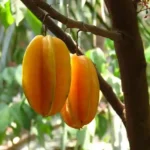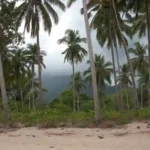Paper Birch Tree – Nature’s Pale Beauty with a Purpose
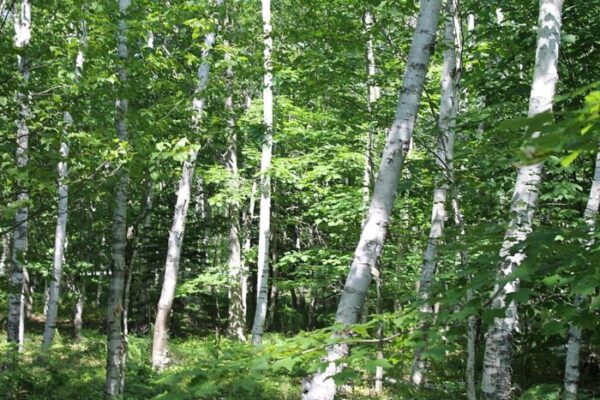
If you’ve ever wandered through a northern forest and come across a tree with ghost-white bark peeling like old parchment, chances are you’ve met the Paper Birch, Betula papyrifera. Native to North America, this striking tree is more than just a pretty face in the woods. It’s a symbol of resilience, a helper in survival stories, and an artist’s muse, all rolled into one graceful trunk.
Identifying the Paper Birch
Also called white birch or canoe birch, the Paper Birch stands out with its chalky, peeling bark that can shimmer like silver in sunlight. The bark starts out brown when the tree is young, eventually turning creamy white as it matures. Long, horizontal lenticels (those little breathing pores on the bark) and curling layers of paper-thin bark are its signature features.
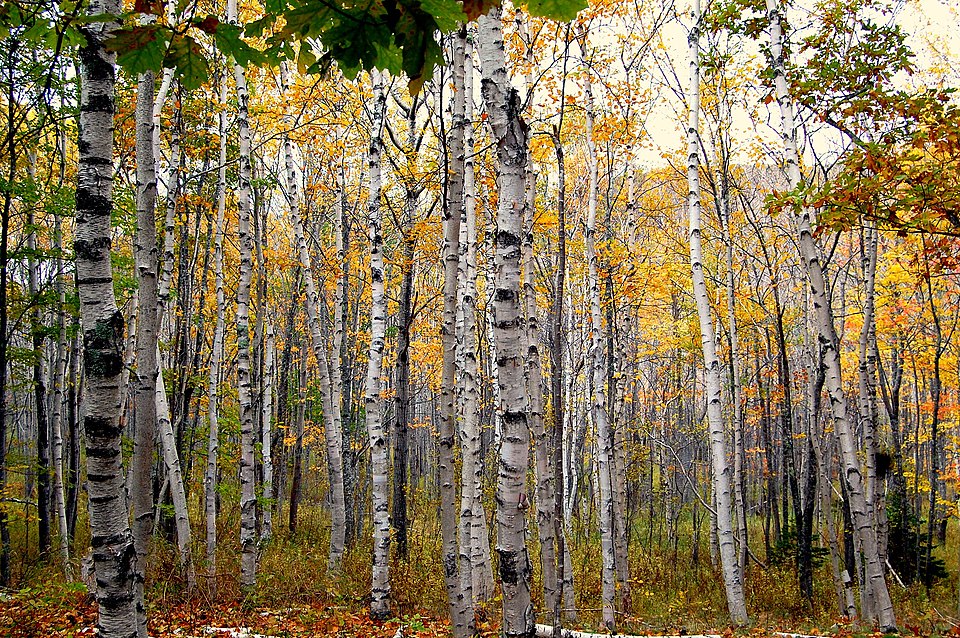
The trail leads to the site of Old Farm the home of George Dorr, one of the original advocates for the acquisition of land for Acadia National Park. The home site is located at Schooner Cove. The house has been torn down, but remains of george’s salt water swimming pool, fed by the tide, can still be seen. – Creative Commons | Author: InAweofGod’sCreation – Source: https://commons.wikimedia.org/wiki/File:13._The_Fall_of_Acadia_(4039110079).jpg
In fall, its triangular, toothed leaves turn a vibrant yellow, adding a golden glow to the forest canopy. It’s a true four-season beauty, bold in summer, blazing in fall, ethereal in winter, and budding with promise in spring.
More Than Just Looks: A Tree of Many Uses
The Paper Birch has deep roots in Indigenous cultures. Native peoples used its bark to craft canoes, baskets, wigwams, and even writing material, hence the “paper” in its name. It’s lightweight, waterproof, and surprisingly durable, making it ideal for surviving the elements.
In survival situations, birch bark can be a lifesaver. It’s filled with oils and resin, which means it lights easily, even when wet. Just peel a few curls, and you’ve got instant kindling.
And yes, it’s also edible. Birch sap can be tapped in early spring to make syrup (think maple syrup’s milder cousin), and its twigs and leaves have been used in teas and traditional medicines.
Habitat & Ecological Role
Paper Birch thrives in cool, moist climates, often found in the northern U.S., Canada, and parts of Alaska. It’s what ecologists call a pioneer species, one of the first trees to take root in disturbed areas, like after a forest fire. It helps prepare the soil and environment for more shade-tolerant trees to come along later.
It’s also an important wildlife tree. Moose and deer browse its twigs and leaves. Birds like the ruffed grouse rely on it for food and shelter, while woodpeckers and sapsuckers drill holes into its trunk, creating nesting spots for other species too.
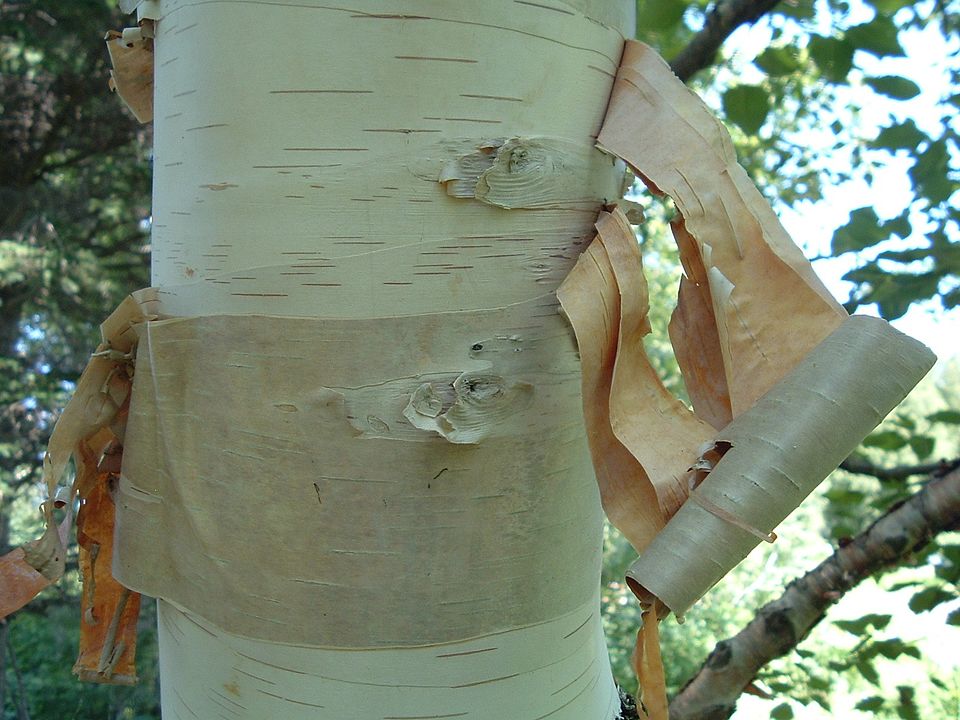
Paper Birch bark, Bas St-Laurent, Québec. – Creative Commons | Author: Dhatier – Source: https://commons.wikimedia.org/wiki/File:Ecorce_de_bouleau.JPG
Challenges & Conservation
Despite its hardiness, Paper Birch isn’t immune to challenges. It’s vulnerable to birch borers, drought stress, and the impacts of climate change. Warmer winters and longer growing seasons in some areas are slowly pushing its range northward, and in places where it once flourished, it’s now struggling to keep up.
That makes this tree not just a relic of the past, but also a bellwether of environmental change. Conservationists are studying its role in forest ecosystems and how to support it in a shifting climate.
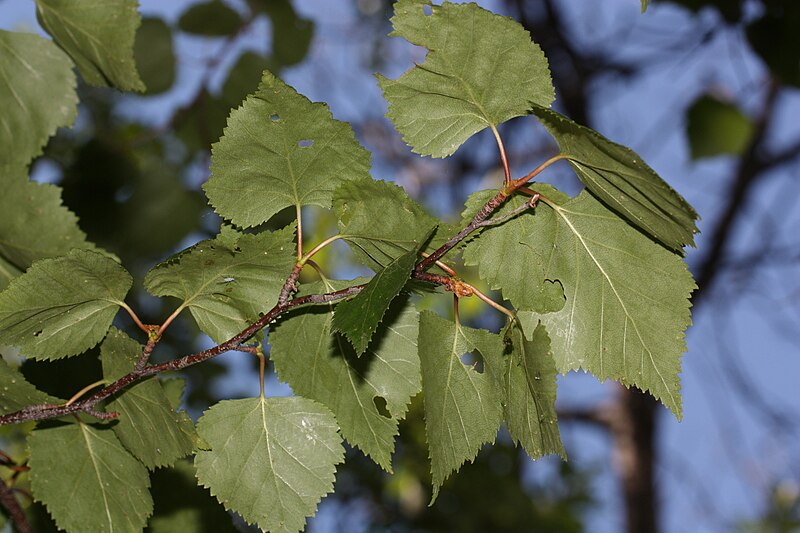
Leaves are doubly serrated with sharp teeth. – Creative Commons | Author: Walter Siegmund – Source: https://commons.wikimedia.org/wiki/File:Betula_papyrifera_8853.JPG
Paper Birch, A Tree That Tells Stories
Whether you’re using its bark to light a campfire, sketching its elegant form on a nature walk, or sipping birch sap from a spring tap, the Paper Birch connects us to the land—and to centuries of human experience in the forest.
It’s not just a tree. It’s a storyteller. One whose bark has been written on, burned for warmth, paddled across lakes, and admired for generations.
So the next time you spot a white trunk curling like ancient scrolls, take a second to run your hand along it. You’re touching history and maybe even your next adventure.
References:
https://en.wikipedia.org/wiki/Betula_papyrifera

